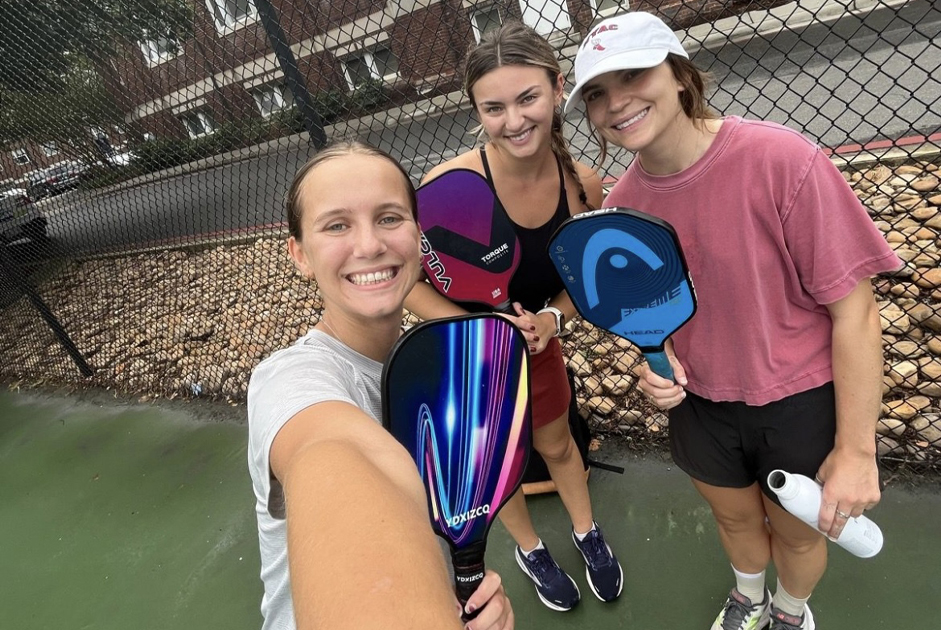The U.S. Women’s National Soccer team has once again brought pride and joy to our nation as they crushed their opponents on their way to a second consecutive Women’s World Cup. As young eyes watched and marveled at the talent of our U.S. Stars, dreams of someday being a part of our national team began for many young enthusiasts. This vision also translates to young athletes in baseball, football, basketball, and any other sport that offers scholarships, stardom, and the lure of big money. Let’s not be naïve in thinking this is only a dream for the young athletes. Many times the drive for stardom comes from the parents. Support from parents is essential and is a big part of showing you are there for them in every endeavor of their life. But in our youth sports today it has become an obsession. And the amount of time spent, money spent, and family time lost has me scratching my head and asking, “Is it really worth it?” My opinion for 99% of these kids is a resounding, “No!”
The emphasis on playing the same sport year-round can push young athletes into excessive physical and emotional demands that may be developmentally too tough of a challenge. More is not always better in this case, whether it is more practice, more games, or more pressure. The incidence of overuse injuries is on the rise for younger athletes, as surgeons and physical therapists are seeing more bone fractures, muscle tears, ligament strains, and sprains and worn out joints, which predispose these youngsters to arthritis later in life. A recent article in the Boston Globe reports overuse as the cause for nearly half of all sports injuries in teenagers and notes that the majority of these injuries are preventable. Parents often hold the key to this prevention, with the word “balance” etched on the key.
The question then is why do parents put such undue pressure and physical risk on their kids? My opinion, based on over fifty years of playing and coaching youth sports, along with endless hours of research done while obtaining my master’s degree, is that, in most instances, it’s the lure of college scholarships that travel organizations are selling as a necessity to playing year-round. I would like to share some facts about college scholarships. First off, only 2% of high school athletes win sports scholarships. There are only six sports where athletes receive full scholarships (football, men and women’s basketball, women’s gymnastics, volleyball, and tennis). All other sports, including baseball, soccer and lacrosse, have limited amounts of scholarship money that is dictated by the NCAA. Coaches can slice and dice these awards however they choose, which generally leads to small scholarships. The average scholarship is less than $10,000. In a recent study done by ID Ameritrade of parents between 30 and 60, one of out every five U.S. families spends about $12,000 a year for club travel-team tuition, top of the line equipment, showcase tournament and outlays for gas, airfare, hotels, and food on the road.
Now back to the original question. Is it really worth it to have my child playing on year-round travel teams? If you don’t mind putting your child through excessive physical and emotional demands that consequently could cause overuse injuries and even the onset of early arthritis, paying more yearly than the average amount of most scholarships awarded, and spending the majority of family time driving back and forth to practices, games, and tournaments, then the answer would be yes. But hopefully, you might ponder the idea that it might be too much!



















